#Paris Salon
Explore tagged Tumblr posts
Text
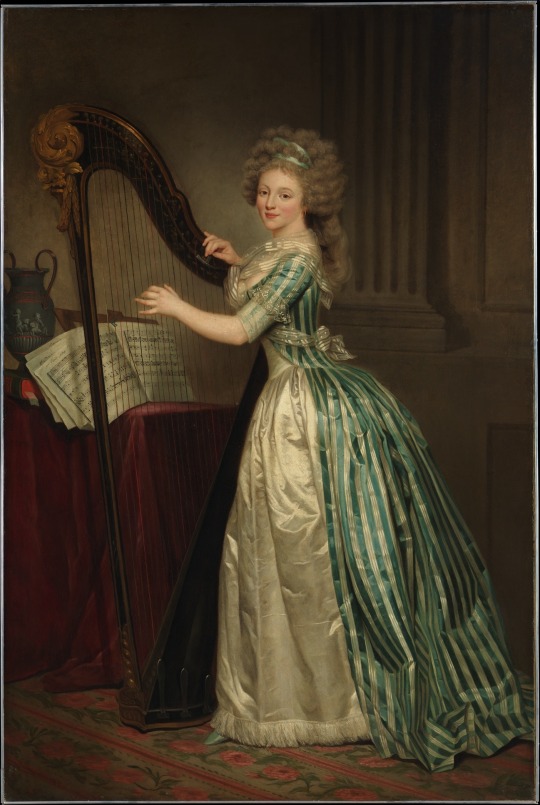
Oil Painting, 1791, French.
By Rose Adélaïde Ducreux.
Portraying the artist in a blue striped silk dress.
Met Museum.
#oil painting#painting#1791#1790s#1790s dress#1790s painting#1790s France#stripes#silk#paris salon#met museum#rose Adélaïde ducreux#french revolution#1790s hair#hair#constitutional monarchy
52 notes
·
View notes
Text
Natalie Clifford Barney
From my journal entry of April 20, 2015:
"My queerness is not a vice,
is not deliberate
and, harms no one."
Natalie Clifford Barney.
Poet (1910)
_______________________
Outside Bill Board. Therapy Collective on Market Street near Castro Street San Fransisco
Note:
I googled Natalie Clifford Barney. She was born in 1876 and died in 1972. She was "an American writer who hosted a literary salon at her home in Paris that brought together French and international writers. She influenced other authors through her salon and also with her poetry, plays and epigrams, often thematically tied to her lesbianism and feminism."
And, she was beautiful when she was young Her photos came up on Google. And she was out and proud and gay in 1910!
Can you imagine the push back she must have gotten.
I think that it's great that Therapy Collective included her above quote about being gay for we passerbys to see in 2015.
I agree with what she said completely.
5 notes
·
View notes
Text
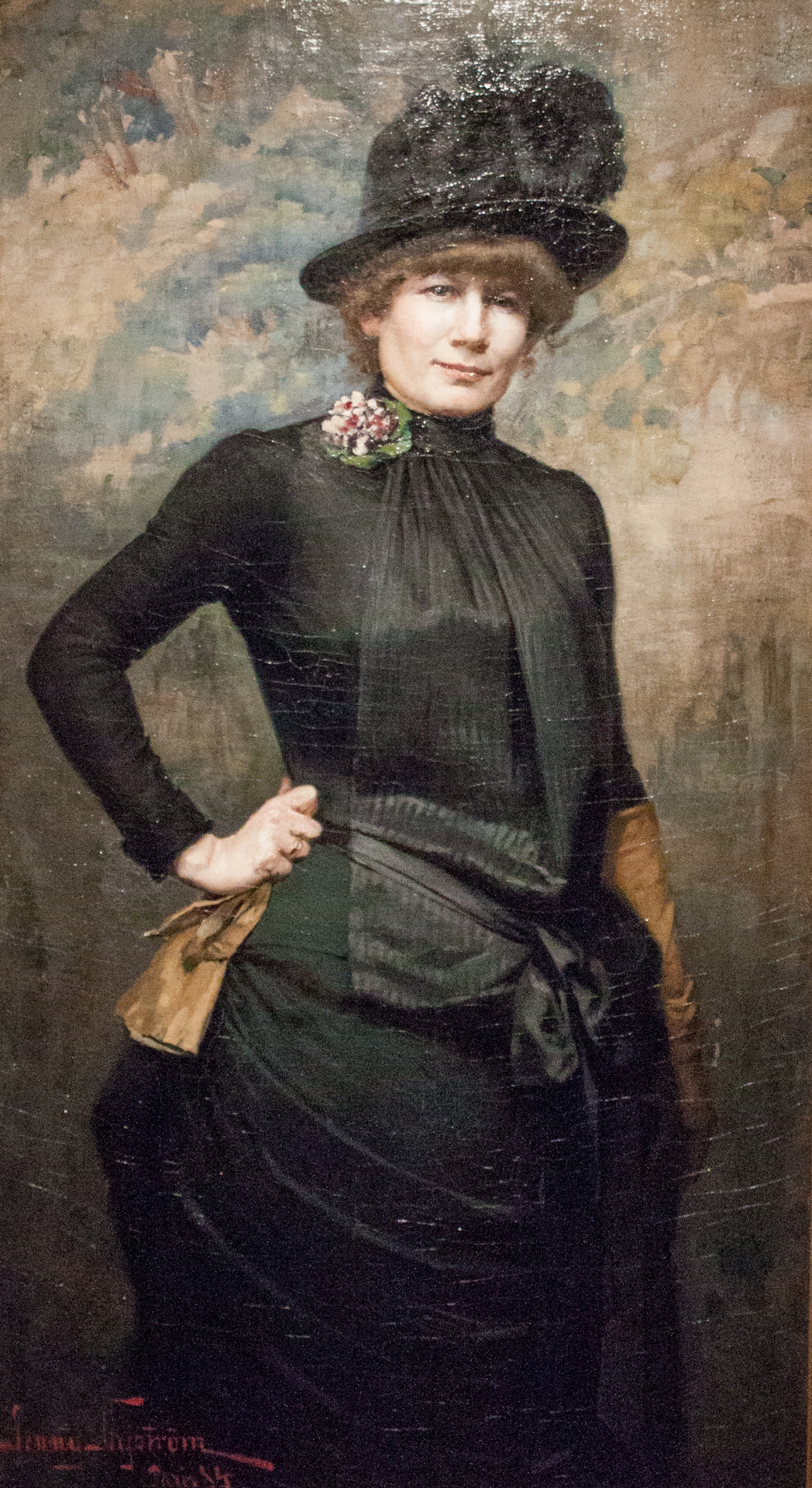
Jenny Nyström (June 13, 1854 - 1946) was a Swedish artist who graduated first in her class at the Royal Academy in Stockholm and therefore won a travel stipend which allowed her to stay 4 years in Paris, exhibiting at the Salon there. From this period comes this work:
Self-Portrait, 1884 - oil on canvas (Kalmar konstmuseum)
#art#swedish artist#jenny nystrom#1880s#kalmar konstmuseum#oil on canvas#self portrait#royal swedish academy of art#paris salon
5 notes
·
View notes
Text
#collectible#ebay#100 years or older#gift for him#Andree SPINELLY#french Actress#FRENCH BULLDOG#antique postcard#Paris salon
0 notes
Text
The parallels between the 18th century Paris Salon and modern day Hollywood are kinda wild. The whole guarded high standards, the "state" control, the obligation to being part of it if you want to be recognized, the hierarchy of it all. The main difference is the medium on display, but even that could be argued as simply being the evolution of entertainment has been from still image to moving image.
0 notes
Text

Chez Odette c’est chou !
#photography#original photography#original photography on tumblr#paris france#salon de thé#tea room#choux à la crème
107 notes
·
View notes
Text

Bonjour, bonne journée ☕️ 🚘
Salon de l'Auto au Grand Palais🗼Paris 1959
Photo de Robert Doisneau
#photooftheday#photography#black and white#vintage#robert doisneau#humour#salon de l'auto#paris#bonjour#bonne journée#fidjie fidjie
84 notes
·
View notes
Text

Paris, France
‘A young cow pokes out her tongue at the Salon International de l’Agriculture.’
Photograph: Francois Cougot
#francois cougot#photographer#paris#france#cow#animal#mammal#wildlife#salon international de l'agriculture#nature
49 notes
·
View notes
Text

In the Troops' Quarters outside Paris by Anton von Werner
#anton von werner#art#franco prussian war#prussia#prussian#germany#german#france#paris#château de brunoy#headquarters#piano#salon#history#europe#european#war#officers#soldiers#chateau#château#fire#furniture#music#châteaux
66 notes
·
View notes
Video
Salon de Locomotion Aerienne, 1909 Grand Palais Paris by Chris Protopapas Via Flickr: Found this amazing photo on Wikipedia and could not resist posting it here. Public Domain.
#Paris#aeroplane#FIAT#Delahaye#Wikipedia#Grand Palais#France#dirigible#balloon#airplane#exhibit#salon#Bleriot#Gnome#Deperdussin#monoplane#avion#aviation#flickr
16 notes
·
View notes
Text

Screenshot Redraw- Twin Stars Far Apart (Preparing for the Festival)
original screenshot + process below the cut

^^original screenshot

^^had some idea of where i wanted people, but hadn't picked anyone in particular yet

^^bg added, slowly adding and rendering the people one by one

^^final version + lighting <3
#pokemas#twin stars far apart#pokemon#pokemon liza#salon maiden anabel#pokemon anabel#lunatone#snorlax#trial captain mina#pokemon paris#pokemon sheridan#gabby & ty are also there#screenshot redraw#most of these characters dont have sync pairs but i reckon they'd still pop by pasio and check out events like the star festival :)#also fun fact this was the day 1 prompt for cringetober. given that it is currently december i think i have failed the challenge lmao-
19 notes
·
View notes
Text

Paul Hoeniger (German, 1865 - 1924) • Moulin de la Galette • 1894
#art#fine art#painting#paintings of interiors#cabaret interior#paul hoeniger#paris salon exhibitor#genre scene#german painter#late 19th century european art#paris#art appreciation#art blogger#moulin de la galette#pagan sphinx art blog#artwork#painter#artist
76 notes
·
View notes
Text
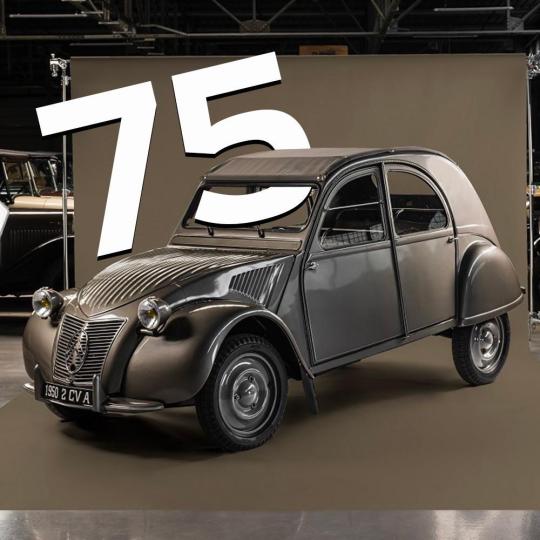
La 2CV souffle ses 75 bougies ! Voilà 75 ans que la « Deuche » fut présentée au public, c’était le 7 octobre 1948 au Salon automobile de Paris. - source L'argus.
72 notes
·
View notes
Text
SINA ENT Weibo published the Top Icons of Fashion week on their platform. So they took into consideration recommendations from netizens & fashion industry insiders, data from four dimensions including site-wide discussion volume and hot searches during fashion week (September 8th to October 9th)
The #1 celebrity is WANG YIBO 👏🏼👏🏼👏🏼👏🏼


#wang yibo#yibo in paris#king yibo#IM SORRY YANGMI I HAD TO ERASE YOU BUT I PUT A HEART I HOPE THATS OK LOL#I LOVE THIS FOR MY BOY! a true fashion icon to the point that a couple of salons are endorsing they can give you the same hair color as yibo#i really have no salt with PFW. i’m happy that alot of fandoms got content and saw their faves#aside from yibo i enjoyed seeing my faves YANGMI DILRABA ZHAO JINMAI AND OFC MY WIFE BAILU#cheers to all the fandoms who were happy with PFW! there is no need for toxicity
73 notes
·
View notes
Text

Salon in the Cecilia Hotel, Paris
American vintage postcard
#salon#historic#photography#postal#ansichtskarte#photo#sepia#vintage#postcard#american#hotel#briefkaart#the cecilia hotel#cecilia#postkarte#tarjeta#carte postale#ephemera#paris#postkaart#paris american
11 notes
·
View notes
Photo
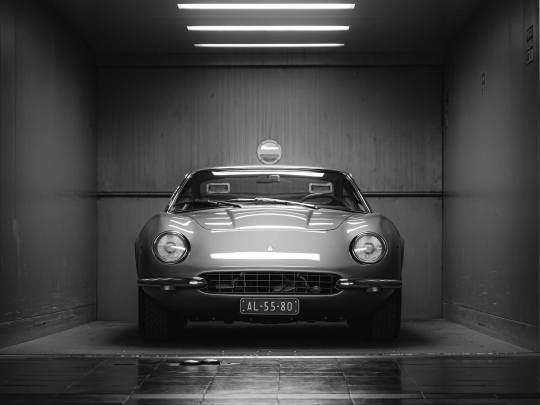

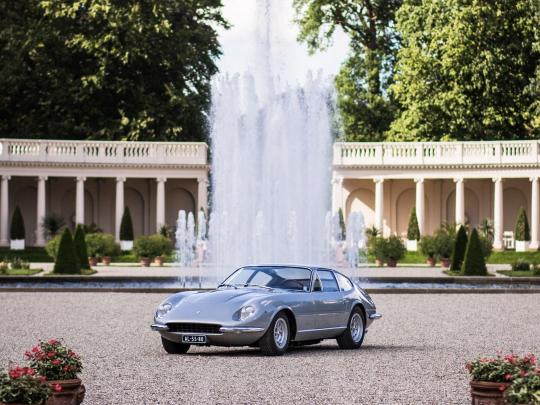
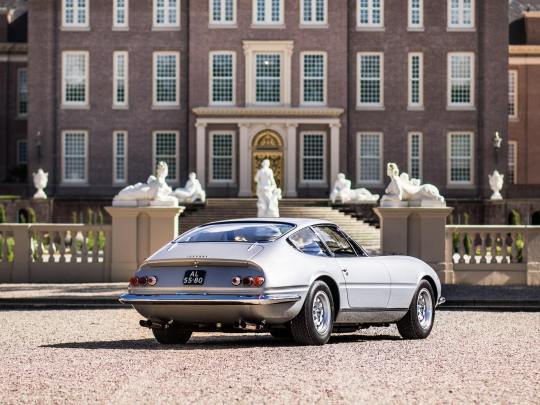


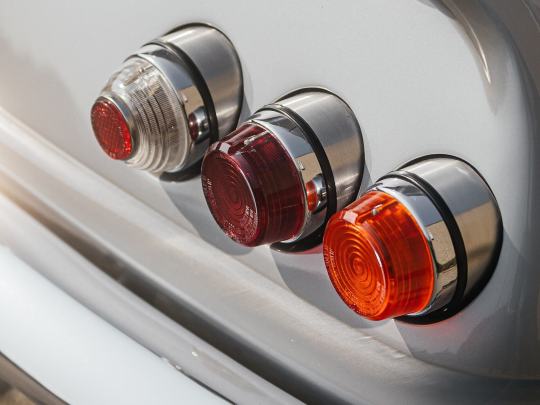
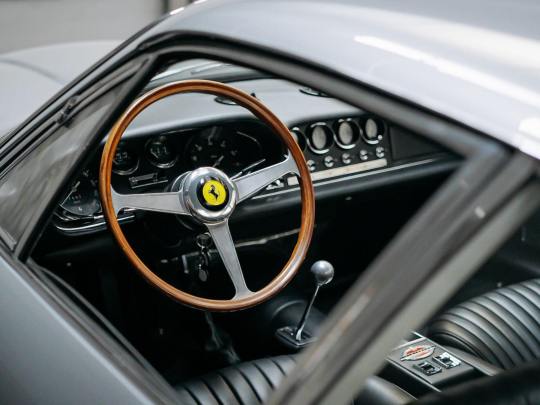


Ferrari 365 GTB/4 Daytona (very first) Prototype by Scaglietti
In the late 1960s, it seemed as if the performance car world was at a crossroads. With the introduction of Lamborghini’s P400 Miura and its revolutionary mid-engined design, some thought this design would be the future for the upper echelons of performance cars, and that front-engined cars would begin to fade from popularity.
Spurred on by the success of the Miura, Ferrari knew that the replacement of the 275 GTB/4 needed to be something spectacular and new in order to take the fight to Lamborghini. Rather than move to a mid-engined format, it was decided that the front-engined V-12 platform would remain, alongside coachwork penned by Pininfarina. Quite simply, if it works for you and your clients, why go about reinventing the wheel? After all, this is what Ferrari had built their reputation on, and there was no one better at building twelve-cylinder, front-engined GT cars than Ferrari. They were not to be outdone by this team of renegades at Lamborghini, headquartered just down the road from Maranello!
Chassis number 10287 was the genesis of that new model of Ferraris and the Scuderia’s fighting back against the Lamborghini and the Miura. At first glance to the casual observer, the car offered here seems to tread the line between a 275 GTB/4 and a 365 GTB/4 Daytona. Visual cues to both can be seen and some design elements seem to have blended together, but this car is far more than a design study to determine Ferrari’s future. A total of six 365 GTB/4 prototypes would be built, but this example, as the first, remains the most recognizable, the most unique, the most significant, and is undoubtedly the most desirable.
Chassis number 10287 is that of a Tipo 596 chassis, the same type which was used for the 275 GTB/4, made of tubular steel and a wheelbase measuring 2,400 mm (a wheelbase length shared by both 275 GTB/4 and 365 GTB/4). At its heart is a completely unique Lampredi engine, one that would not be seen in any other Ferrari road car at the time. Designated Tipo 243 internally, it is fitted with dry sump, three-valve heads rather than the usual four valves per cylinder, dual ignition, twin spark plugs per cylinder, and is topped with six Weber 40 DCN18 carburetors. The block itself is based on that of a 330 GT but has been bored out to 4,380 cc. What is worth noting about this completely unique and radically redesigned engine is that it bears similarities to the engines found in the 330 P4 prototype racers, the race car that won numerous races and earned its place in the history books after their memorable 1-2 finish with a 412 P coming in third at the 1967 24 Hours of Daytona. These racing cars also have double inlet valves with one exhaust valve per cylinder.
Aesthetically, the design in front of the windshield was similar to that of a 275 GTB/4, albeit with a slightly stretched and flattened nose, still boasting covered headlights and a bonnet with a central bulge similar to a 275 GTB/4. The shape of the tail section of the bodywork is instantly recognizable to anyone familiar with a Daytona, utilizing 275 GTB/4 boot hinges and a full-width rear chrome bumper. Chassis number 10287's side profile is most evocative of the production Daytona, and allegedly what Enzo Ferrari loved most about this particular prototype, featuring a near identical rear ¾ section and roofline. Looking at the nose and bonnet, similarities can be seen between this and Jaguar’s E-Type.
Once completed in early 1967, 10287 saw extensive factory testing at the Modena Autodrome over the course of that year. It was first registered on May 8, 1968, wearing Italian number plates ‘Roma B 85391’ through the official Ferrari dealer in Rome, Motor S.a.s. di Carla Allegretti e C, noting a sales price of 8,000,000 Italian Lira. It is interesting to note that, at the time, this was similar in price to a new 275 GTB/4, but by that time, the production version of the 365 GTB/4 Daytona had yet to be introduced, this being about five months before the 1968 Paris Auto Salon.
#Ferrari 365 GTB/4 Daytona#Prototype#Scaglietti#lamborghini p400 miura#275 GTB/4#Pininfarina#v12#Lampredi#Enzo Ferrari#Paris Auto Salon#24 Hours of Daytona
130 notes
·
View notes
